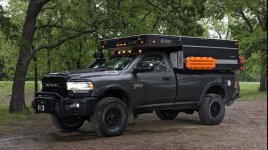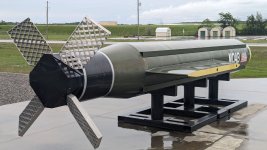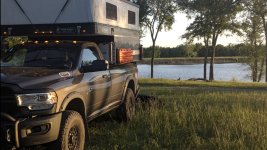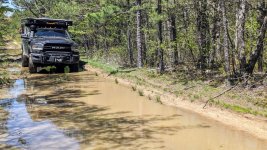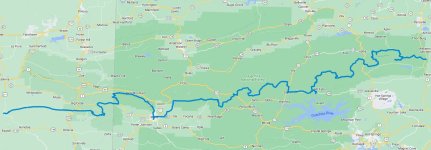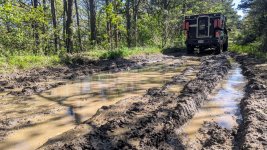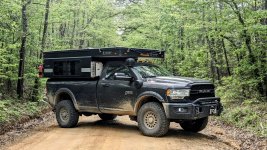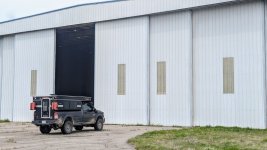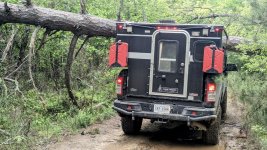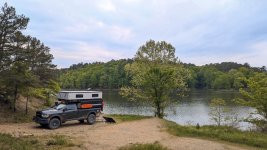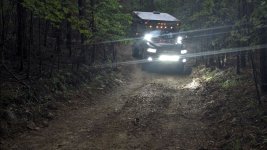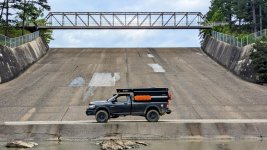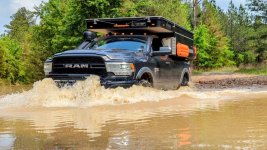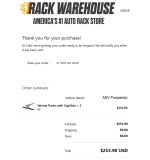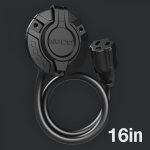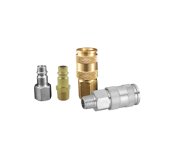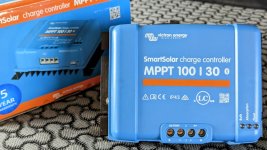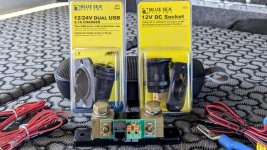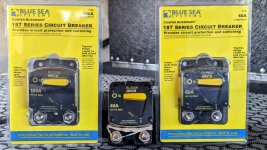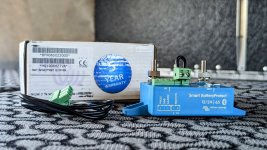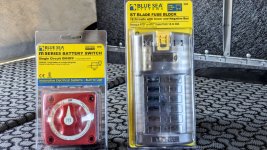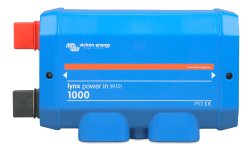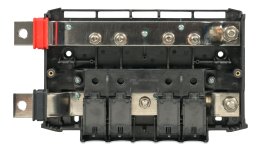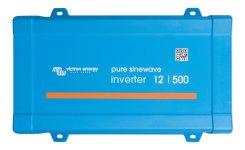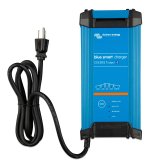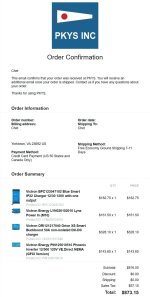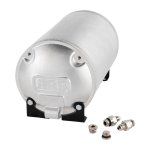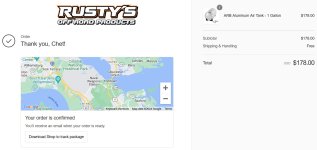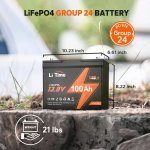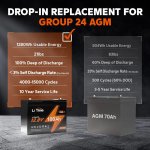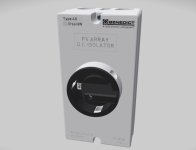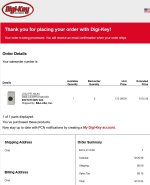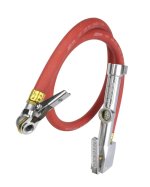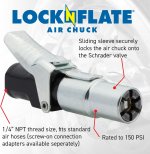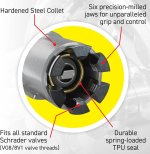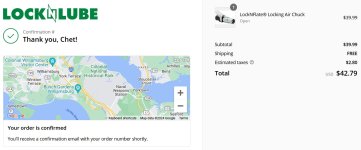These past two weeks have been a filled with travel and intentional stops along the way - I am heading home to Virginia.
Part of me is excited to be heading home although another part desires to remain on the road and metaphorically, never go home. My time home will be used to perform some upgrades and maintenance on my vehicle before heading back out into the wilderness. I am expecting to spend a few weeks finalizing designs and placing orders for parts and having components built. Maybe break away for a week or so to perform some local exploration and then return for a few weeks to install everything. I guess that is the real struggle, stopping to perform upgrades to make life easier in the long run or choosing the short term benefit of remaining out on the open road.
As difficult as it is to set aside the short term I have always been more of a long term thinker and planner so I know exactly what I will be doing.
Back to my recent travels - after completing my most recent adventure I felt the Mississippi Delta calling my name.
Last time I was in the Delta I spent time in Clarksdale, Mississippi, on the eastern shore of the Mighty Mississip. This time I was going to explore
Helena, Arkansas, which is on the western shore of the big ol' river. Below is the Pillow-Thompson House which is one of the most beautiful homes I have ever visited.
Ask yourself this question - if our society has advanced so much and we are all so much smarter, why are truly beautiful homes like this no longer being built by skilled craftsman? There is absolutely no argument that the common man has access to virtually unlimited information and resources that men from 150-200 years ago could not even contemplate. But as smart as we are, our society has been deconstructing itself, moving backwards, falling apart. Is this due to our inner desire or is this due to something else...

On a much lighter note, pun intended, Helena is known as the blues capital of the Delta. It is also home to the legendary AM radio station KFFA which is host of
King Biscuit Time. Famous artists who spent much time in Helena included
Robert Johnson, Howlin' Wolf, Memphis Slim, etc. I'm not sure when the last time was that you drive through a small town, rolled down the windows, and
listened to a local AM radio station but this is how my brother feels when he does...

Here's an interesting story - I was spending the afternoon in the parking lot of a Walmart in southern Tennessee. I stopped to pick up supplies and since it was a sunny day I had my 200 watt solar suitcase out soaking up some juice. I was inside my camper and as often happens, a passerby stops to check out my rig, ask some questions, share stories or plans, etc. This time a young man stopped in and after a bit of small talk, and really listening to him, it was obvious that something down deep was troubling him. I squared up with him and really began to listen.
Now I'm not 100% sure why I am doing what I am doing but I do believe each of us have a solemn duty, an obligation, to help other to the best of our ability. So I listened, and reassured him that all of our lives seem like roller-coasters much of the time, and that's normal. All of us make bad choices and create problems for ourselves and others that seem to be insurmountable. This is good though, this is life, this is yet another opportunity to step up and take control of the situation, to make things better, to gain experience and wisdom, and to be able to pass it along and share it with others. He smiled and as he left I let him know that I would pray for him later that evening, and more importantly, that prayers work.
Around 45 minutes later he returned with a bag of food and a shake for me. He didn't have to do that but it was one more example of how kind and compassionate people can be. He confessed he had been a drug addict to a dangerous degree, had just been released from lock-up, and was on lunch break from his new job. I smiled, thanked him, and let him know that in the eyes of God, we are all equal,
we are all sinners. There is no difference between any of us, we are all the same, we struggle, we sin, we try hard and fall again. But the secret is to never quit.
"Get up. Dust off. Reload. Recalibrate. Re-engage. And go out on the attack.” - Jocko Willink

I was invited to spend the night sleeping on the flight line of a small public airport on the Tennessee and Mississippi state line deep in the heart of the State Line Mob country. This is where
Sheriff Buford Pusser, a man who had been stabbed seven times, and shot eight, lived and died. Some may associate his name with a movie about him titled
Walking Tall.
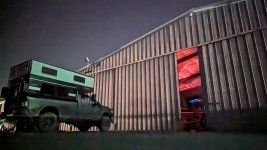
The next morning I woke up early, watched the sun rise, and enjoyed watching the owner of a Vans RV-14A fuel up and do some flying. The folks around here are just really nice and its always fun to explore an area, learn about the history, sample the local foods, etc. I guess my main suggestion regarding travel is to minimize time in the larger places where everyone goes and to focus more on the small, unnamed, out of the way towns that most everyone else drives by. There's history everywhere and I based upon my own experience, the smaller and less formal are more relaxing and truthful.
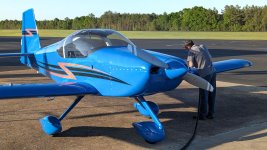
When it's lunch time, I love finding options such as this. A buddy of mine who also travels shared a great search strategy to find the most authentic places to eat at the best price no matter where you are. He uses the Google to set his price to the lowest range and then sorts for the food options with the most stars. Time and time again I end up in seedy sections of town, in a dirt parking lot of a used tire store with trashy motels within walking distance, and the food it out of this world. I've met many interesting people, listened to their stories, and enjoyed fine authentic foods.
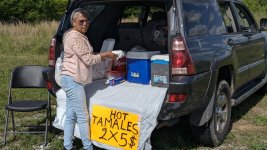
Have you ever visited a business where men can sit around, tell war stories, eat fresh food off the grill, play with guns, and wrestle with a 100+ pound guard dog? Wild Geese Trading is my good buddies shop and whenever I pass through Virginia I always make time to hang out with Chris and the other ex-military deplorables.
If you have a business, pick up an assortment of used couches, stuff them in a corner near a fireplace, make sure you are close to the safes, and toss a grill just outside the back door. Invite other good men to spend time and talk about anything and everything. We need men to spend time together, to build trust amongst one another, to conspire and prepare to make these United States whole once again.
A few of the topics discussed today were: animals always go for the liver when they eat you, lots of chicks in Morocco are smokin' hot and they hitchhike, most WWII memorabilia sucks except the German gear, Middle Eastern men with multiple wives usually have personal jets with extended range fuel systems, and machine guns are really easy to get in some African countries but ammunition is almost impossible.
Clean yourself up, square everything away, and get your house in order. Meet with other men and get ready,
we have some heavy lifting to do over the next decade or so.


